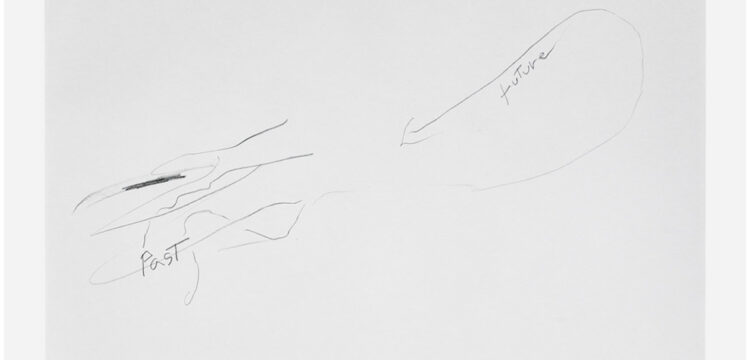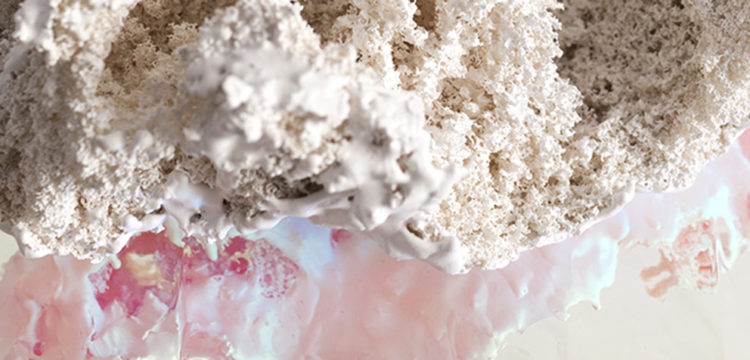Some Summer Fragments
On accumulation and de-accumulation
The exhibition Summer Unknown by Caterina Silva brings together a new body of paintings from 2021 and 2022, curated by Alfredo Cramerotti. Through quick painting sessions Silva registers traces of the space in which she works, traces of her daily life, impressions, emotions as well as fragments of our collective unconscious: news, disasters, uprisings, deaths, loves, joys, despairs.
Accumulation occurs when the quantity of something is added to or increases over time. It can be of knowledge or memories, but also of snow outside my front door, mineral deposits on earth’s strata or items in an archive. Whilst in finance it underlies the concept of growth i.e. accumulation means increasing the investment size in one asset, or the number of assets owned, or in buying activity in an asset, crucially both countable and unaccountable nouns can be accumulated: that is, some items or phenomena gathered together over a certain amount of time or space can be discerned but others not so—I cannot count snowflakes or memories. Equally, every build-up can either be of durable or non-durable elements —for instance, of tangible assets (as accumulation of goods) or non-reproducible rights (as accumulation of access). The process of acquisition can go on for a long time.
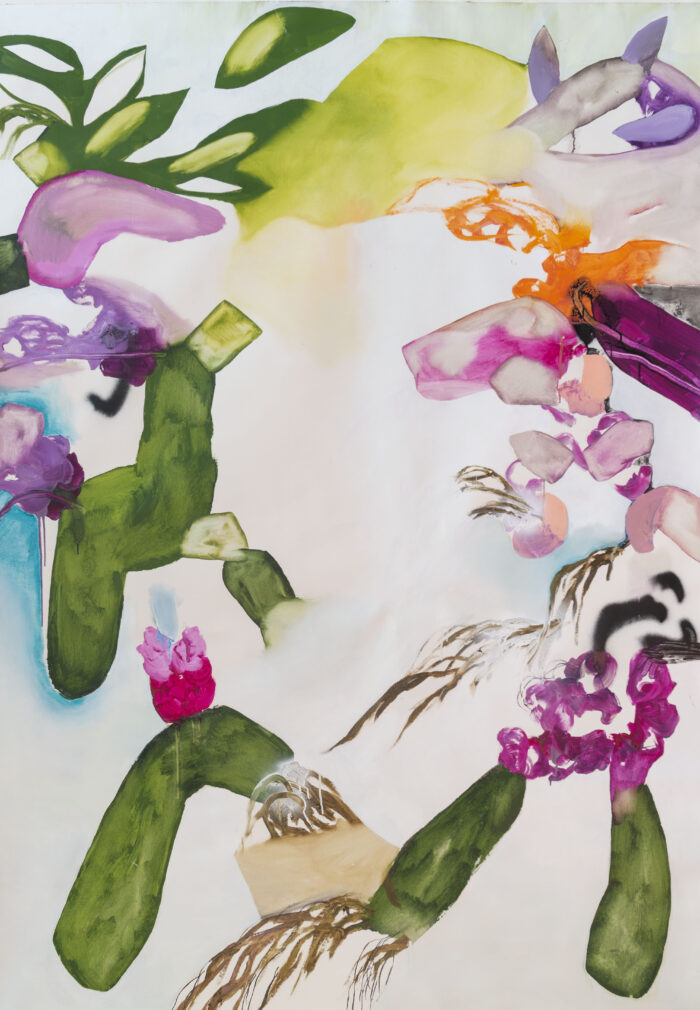
In this short foreword, I would like to discuss a conceptual framework of accumulation, one that focuses not on objects or materials, nor in rights or memories, but on timing, thresholds, and de-accumulation. In other words, I want to offer a short glimpse on what accumulation implies, not on what it is. To do this, I take inspiration mainly from our physical process of ageing—in itself, a perfect demonstration of accumulation which can present equally desirable and undesirable aspects. In this context, accumulation is often referred to as the recurrence of a particular event, focusing on the element of time; some other times as amassing phenomena across multiple domains, focusing on the element of context. Yet again, it can be intended as both a burst of rapid collection or as a gradual acquisition of something—very much like an investment strategy where a trader may want to accumulate a position over time instead of all at once, to get a better average price, have a lower market impact, or attain information from multiple purchases. But let’s see what the key elements of accumulation are, in order to wrap our brains around it.
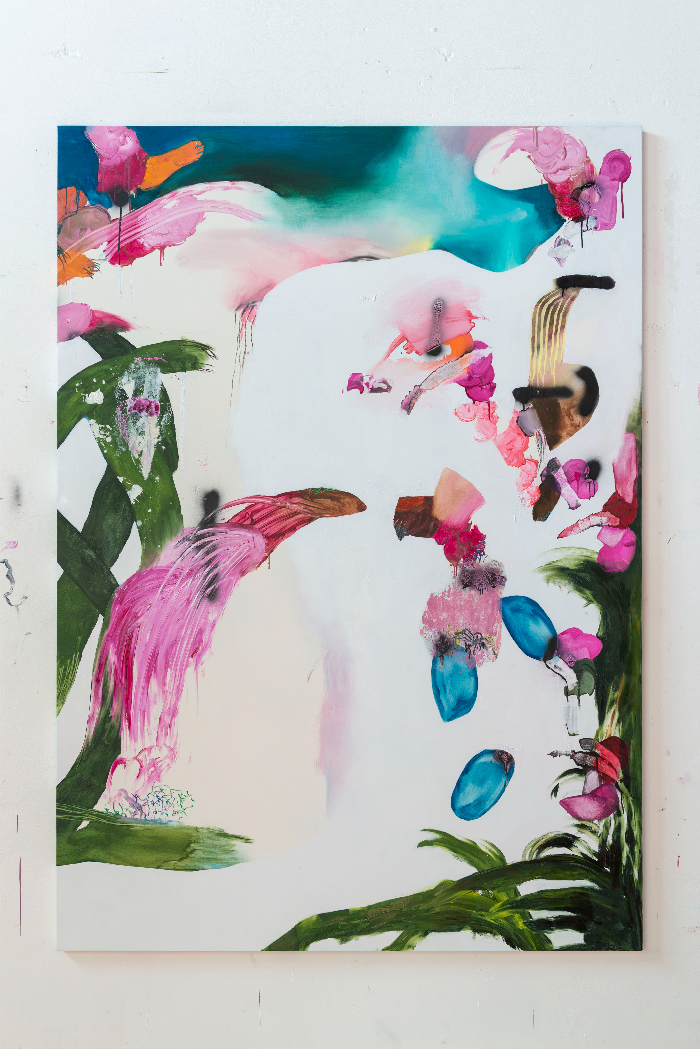
Timing of Accumulation
Onset, duration and pace of accumulation each plays a distinctive character in the accumulation process. Onset is the starting point for the build-up, and it is needed to quantify its duration. Duration implies recurrence, that is, the length of time that the exposure occurred. Incorporating forms of measure of such duration over time enables one to study the consequences of a recurring of accumulation—in whatever field. If onset and duration are known, then we can identify the quantity of events over time, and a rate i.e. events per time metric. Is the build-up accelerating, decelerating, or stable? Although a basic rate (such as snowfalls or rainfalls per year) may be useful, far more telling is whether the rate is increasing or decreasing—that is what would allow efficiency of intervention.
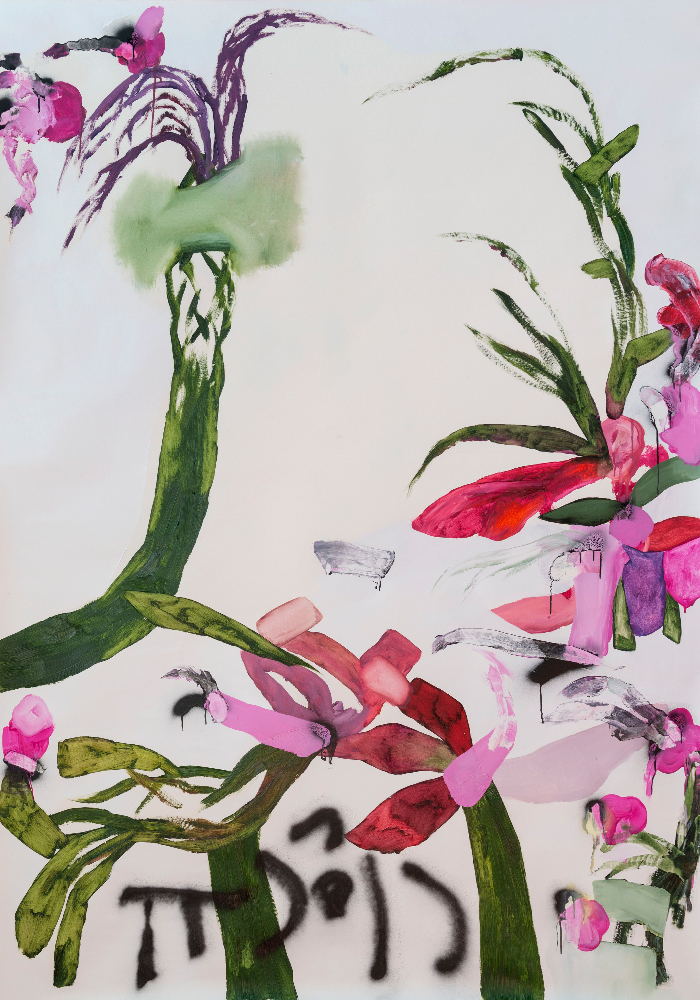
Thresholds of Accumulation
Accumulation does not proceed in a linear fashion. Quoting scientists Ferraro and Morton, whether one considers atherosclerosis, automotive traffic, or compound interest in finance, it is clear that accumulation itself may change the pace of future accumulation. To adopt their example in relation to gerontology studies, is the difference between zero and one disease similar to the difference between four and five diseases? Probably not, and the obligation is to test for thresholds, limits, change occurrences. Identifying thresholds in accumulation means to establish its relationship with an outcome. In other words, to make clear what follows what.
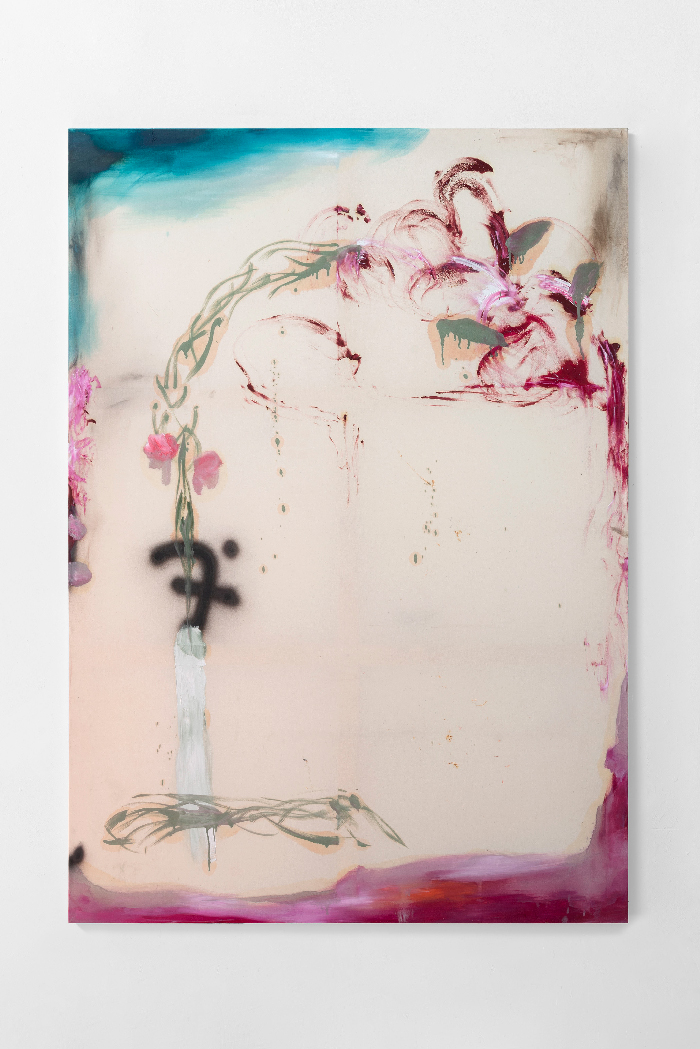
De-accumulation
Does it make sense to de-accumulate some objects, rights, or something that can be discerned? This question is truly about bringing on a fresh evaluation of what is considered important, hand in hand with efforts to modify accumulation processes in order to optimize fewer priorities. Not all de-accumulation processes are intentional and salubrious; they can be involuntary and negative like, for instance, a loss of muscle mass. But the reality is that most of us accumulate in some domains while de-accumulating in others. Each may be intentional or unintentional. The process of de-accumulation happens by either slowing down (a deceleration in the pace), halting (stopping altogether), or reversing (removing some of what has been accumulated, like someone having saved too much money in relation to their life expectancy, and now treating themselves to new consumption or gifting as they grow older and older; or, indeed, consume or destroy an accumulated archive of items).
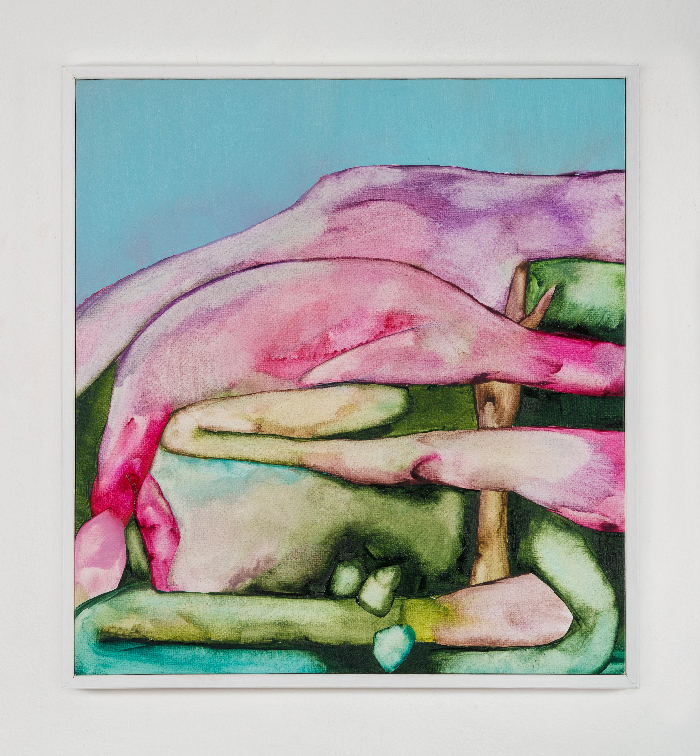
In conclusion, accumulation occurs in multiple ways, and understanding its influence depends on identifying the object(s), event(s) or rights acquired, such as the actor’s view of these; efforts to accelerate or decelerate accumulation; the timing of accumulation; related systems; and ways in which accumulation itself may change the process of accumulation. It is almost an act of self-design of the modern era. To put this in context, philosopher Boris Groys reminds us that modern design is reductionist as essentially it does not add but subtracts. Equally, accumulation and de-accumulation—far from being a by-product of overproduction—synthesize into a process that indirectly (and mostly unconsciously) shapes the actor / actant in such a way that they become capable of ‘discovering’ themselves via reducing the focus not on what one accumulates or decreases but on how and why.
The design of ourselves as subjects is the ultimate form of design; it is only adequately addressed if the subject is asked how it wants to manifest itself, and accumulation or its reversal as an ongoing process of presenting itself to the gaze of our fellows is indeed a powerful indication of what we want to live and be remembered.




